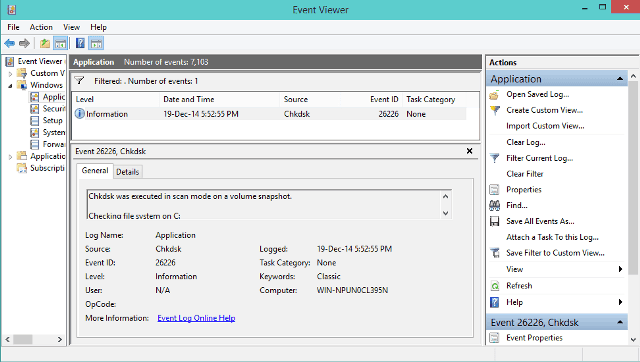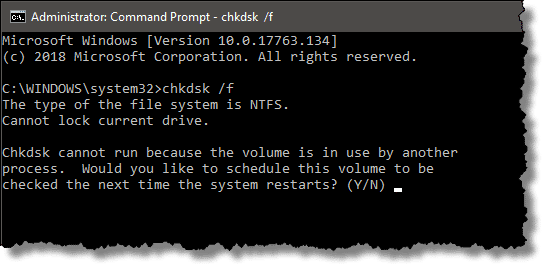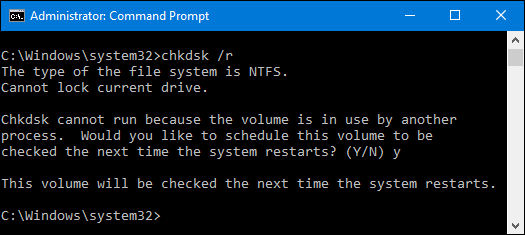
- #How to run a disk check on windows 8.1 install#
- #How to run a disk check on windows 8.1 upgrade#
- #How to run a disk check on windows 8.1 full#
- #How to run a disk check on windows 8.1 pro#
Launch the Hyper-V Manager utility, and click on "Virtual Switch Manager" from the Actions menu on the right-hand side of the window.įrom the Virtual Switch Manager, create a new virtual switch by choosing External, Internal, or Private, and then clicking on "Create Virtual Switch", and then "OK". The Hyper-V Manager is the main administrative and management console for all Hyper-V related activities, whereas the Hyper-V Virtual Machine Connection is a quick way to console directly into a running virtual machine. Right Click on each of these and pin them to Start or to the Task Bar. You will see icons for Hyper-V Virtual Machine Connection and Hyper-V Manager.
#How to run a disk check on windows 8.1 install#
You will be prompted to reboot your PC, where Windows will automatically install the hypervisor and configure the system.Īdd Hyper-V Manager and Virtual Machine Connection to Start/DesktopĪfter rebooting the PC, return to the Start Screen and start typing "Hyper-V Virtual Machine Connection". Click on it to continue.Īs per the screen shot above, click on "Hyper-V" to add the feature and then click on OK.
#How to run a disk check on windows 8.1 upgrade#
In the example above on this Dell consumer Core i7 laptop, it is simply referred to as "Virtualization" under the "Advanced" menu.Ĭlient Hyper-V is only available in the following versions of Windows:įor this demonstration though, we'll concentrate on the Windows 8.1 versions, as it is a free upgrade from Windows 8, and that's the version most users will likely be using.įrom the Windows 8.1 Start Screen, simply begin typing "Turn Windows Features On"Īn icon, as depicted above named "Turn Windows Features On or Off" will appear.

Additonally, while many PC BIOSes have virtualization features turned on by default, your PC might not.Īs BIOS menu layouts are not universal, you'll want to consult your PC BIOS documentation as to where the feature is located in your firmware setup and what it is called. Many PCs on the market have this feature, but some budget processors and older 64-bit systems do not. To install the Hyper-V feature on your PC, you'll need a computer with 4GB of RAM with a 64-bit processor that has Second Level Address Translation (SLAT).
#How to run a disk check on windows 8.1 full#
If you need to be able to do these, you might want to consider the free Hyper-V Server product, or Windows Server 2012 R2.įor additional information on the full feature set of Hyper-V, click here.Įnable 64-bit Virtualization Extensions in your PC BIOS

The virtual machines you create on your desktop with Client Hyper-V are fully compatible with those server systems as well. This is the very same Type-1 hypervisor that runs virtualized enterprise workloads and comes with Microsoft Windows Server 2012 R2.
#How to run a disk check on windows 8.1 pro#
Many Windows users aren't aware of it, but a powerful virtualization tool is built into every copy of Microsoft Windows 8.x Pro and Windows 8.x Enterprise, Client Hyper-V.

Now it’s time to examine what’s next for virtualization as the data center options mature and virtualization spreads to desktops, networks, and beyond. Virtualization has swept through the data center in recent years, enabling IT transformation and serving as the secret sauce behind cloud computing.


 0 kommentar(er)
0 kommentar(er)
